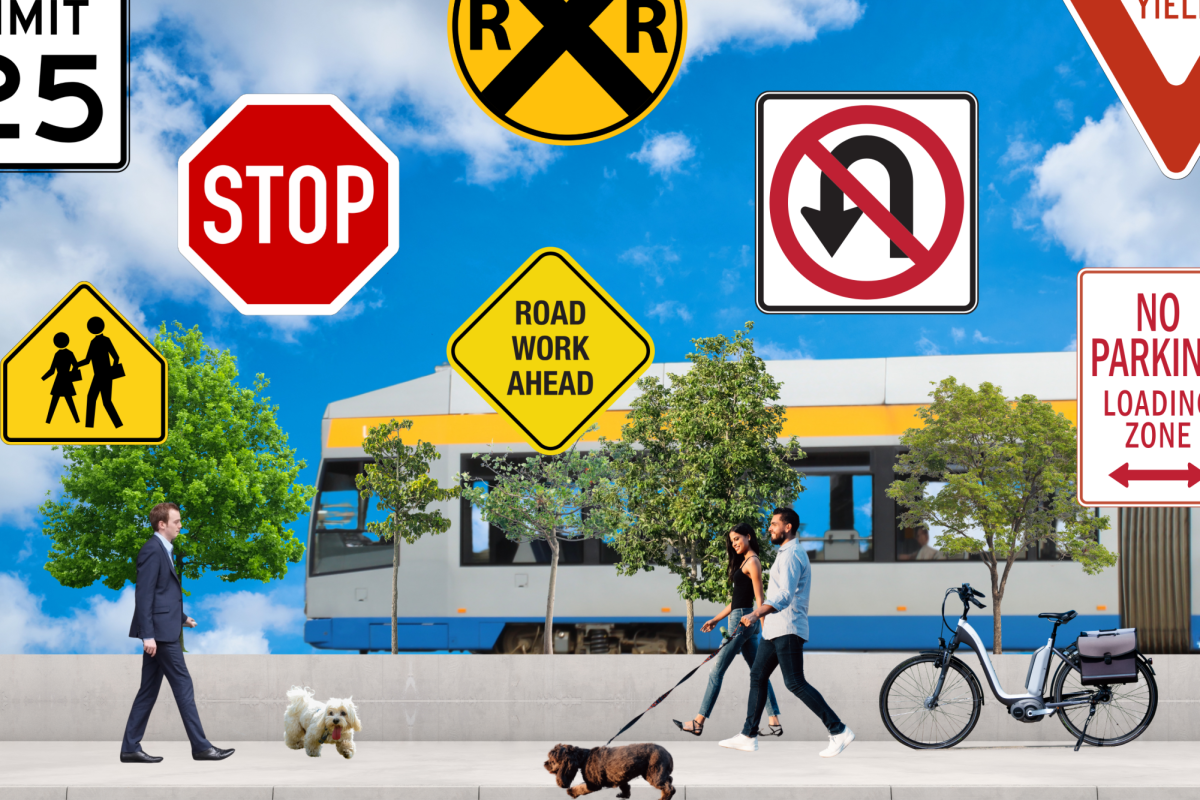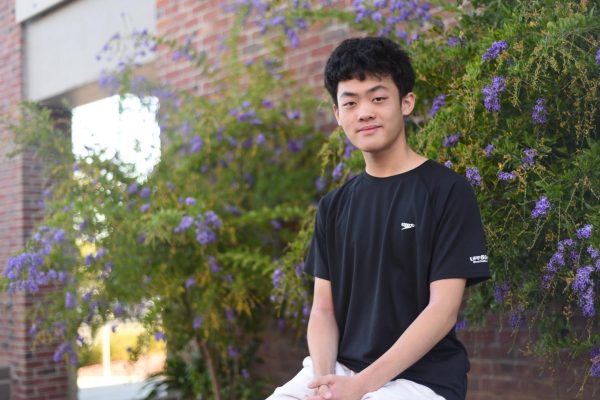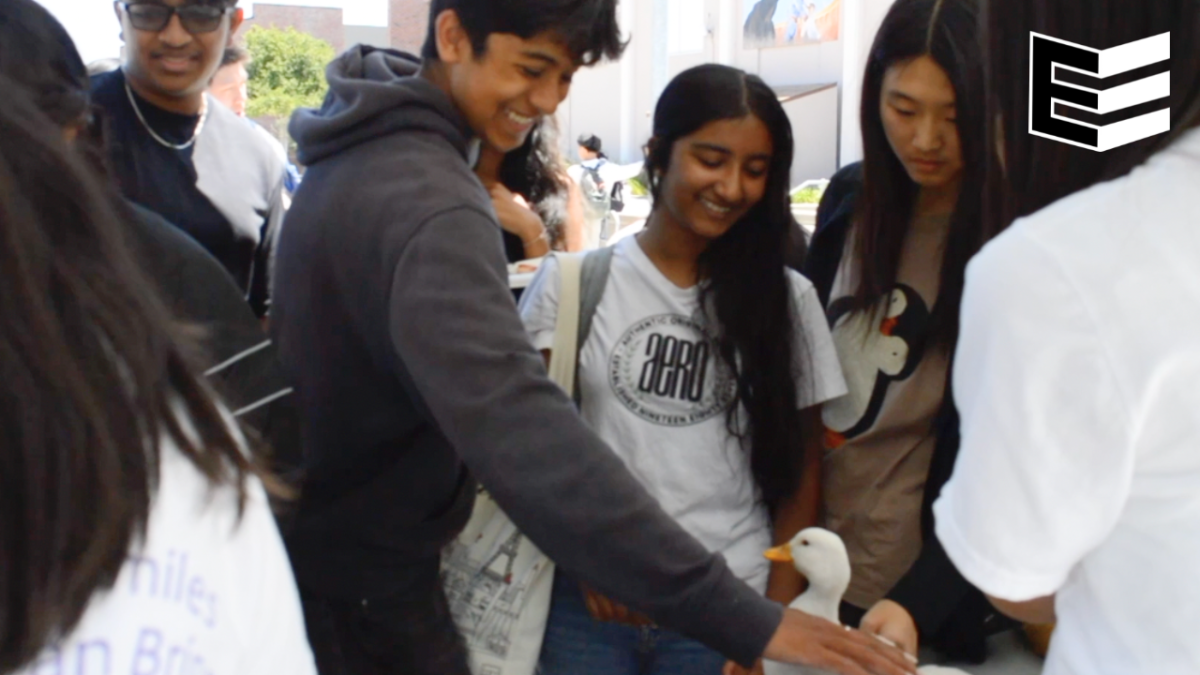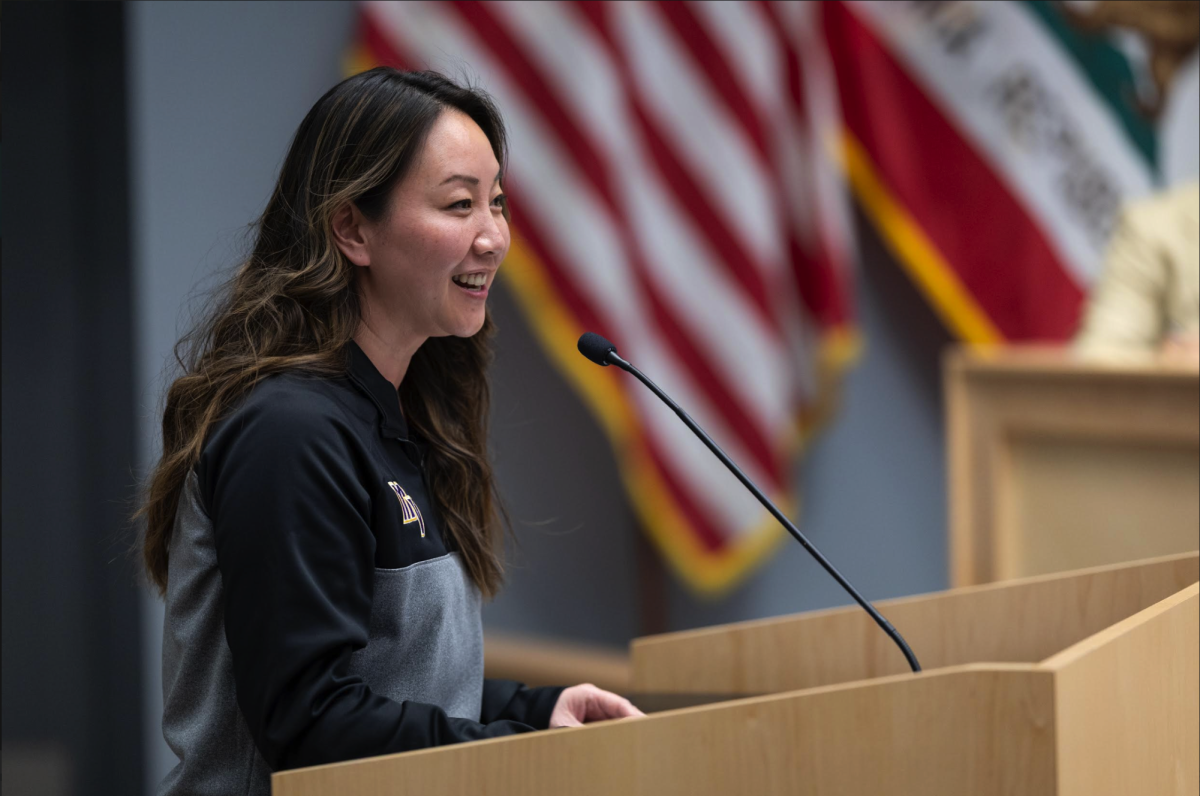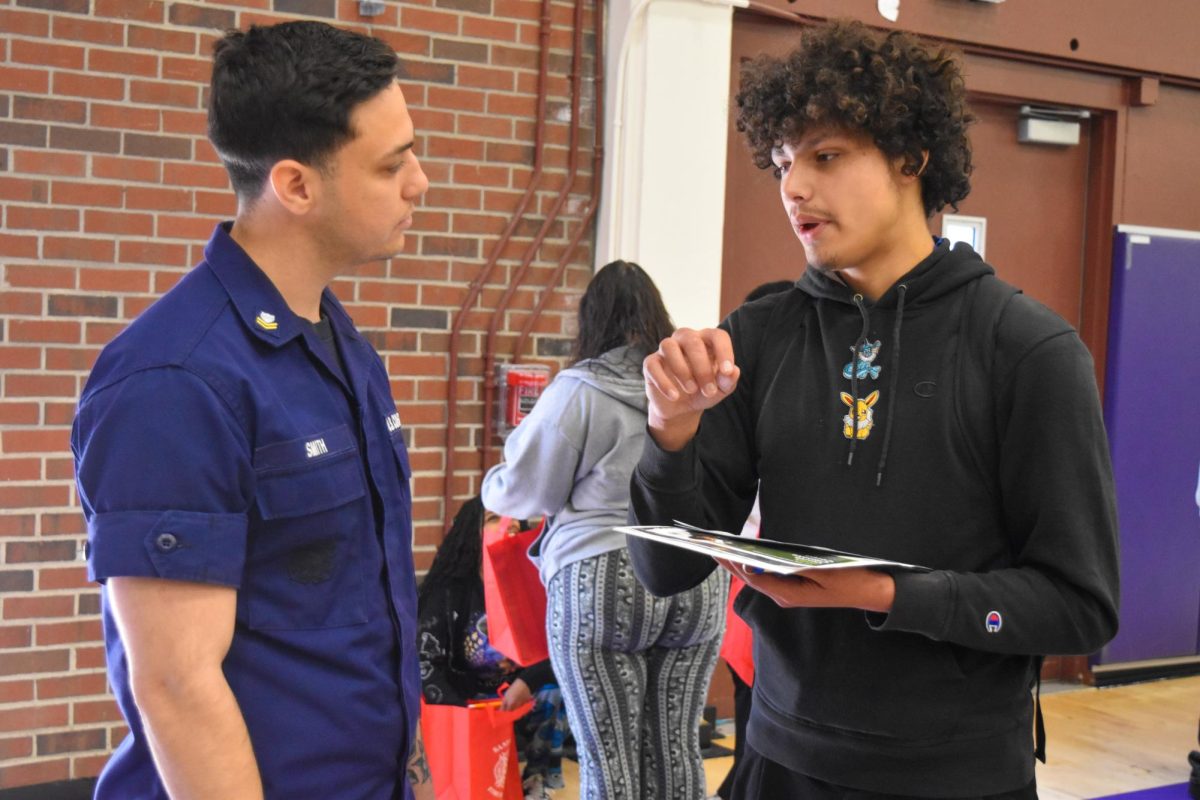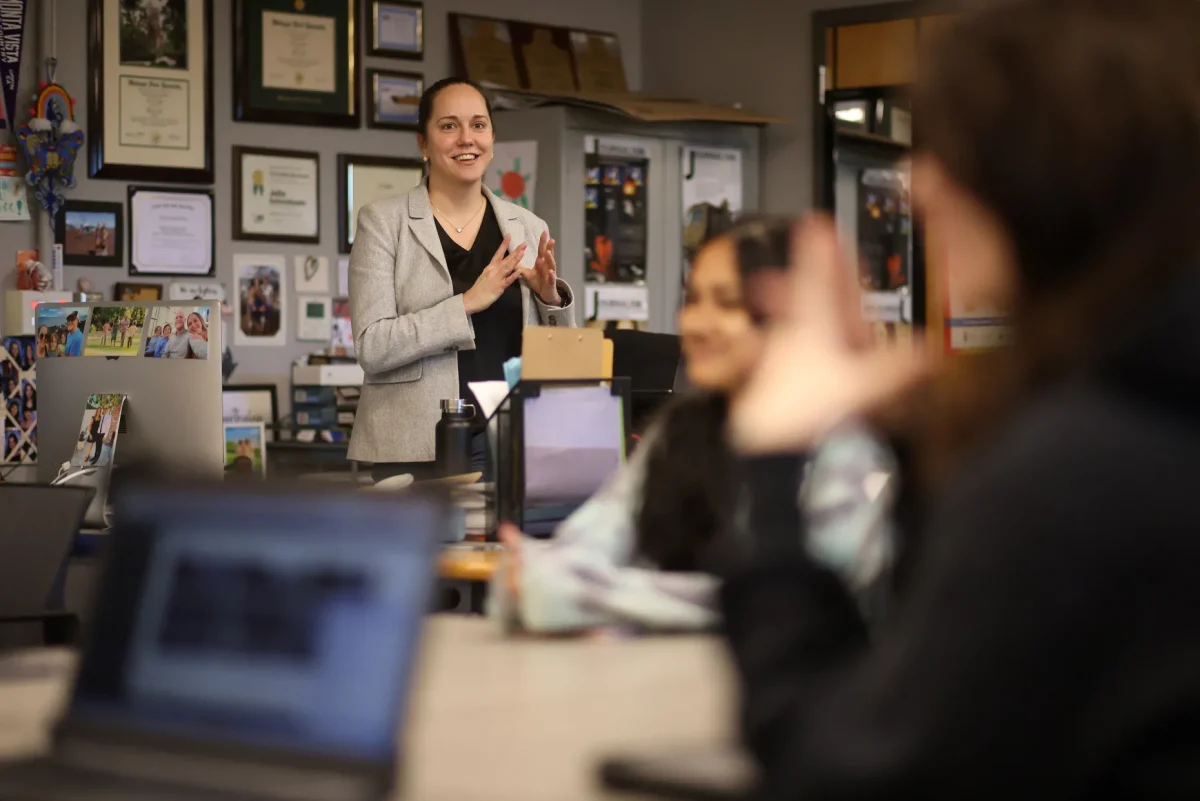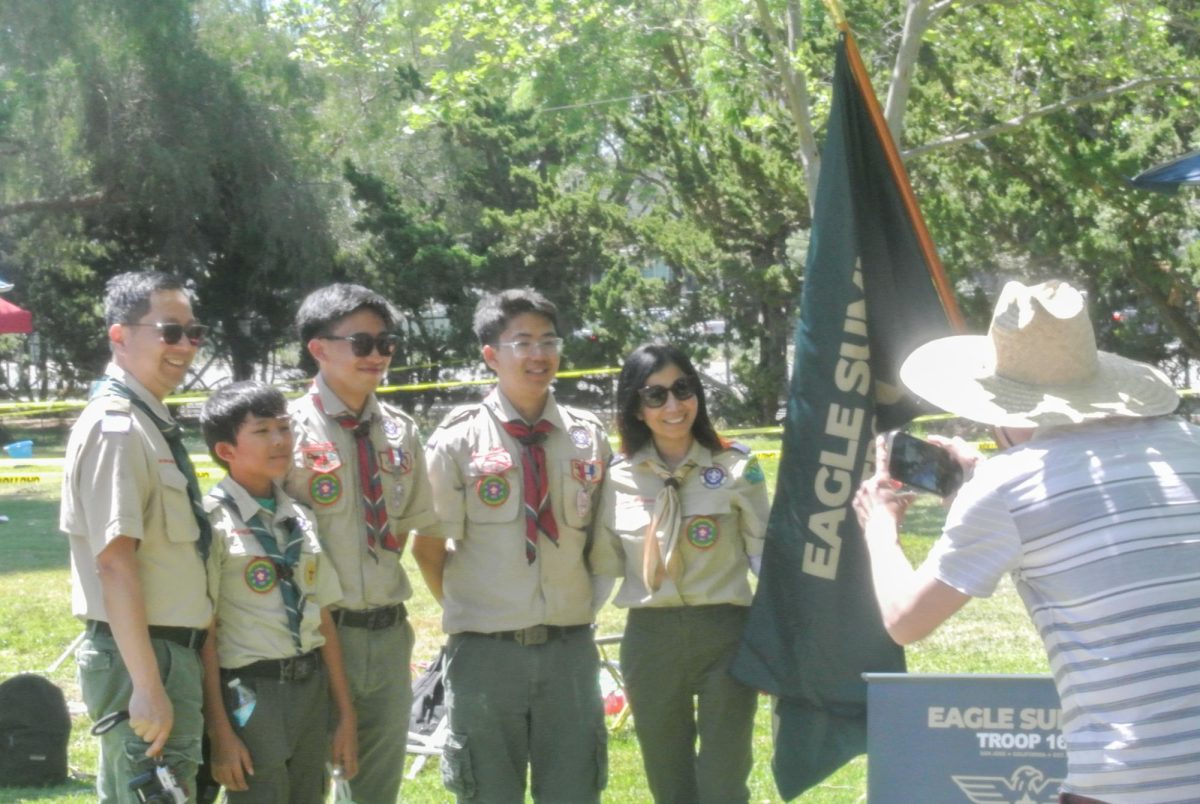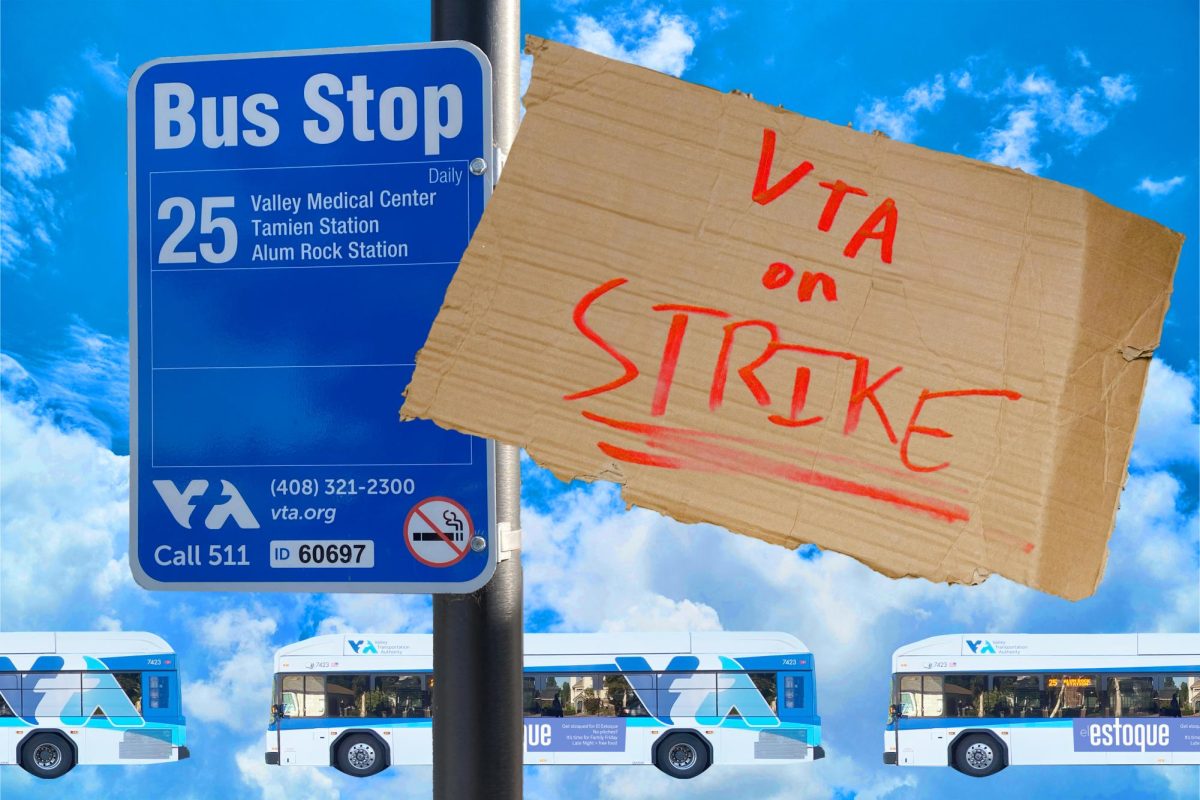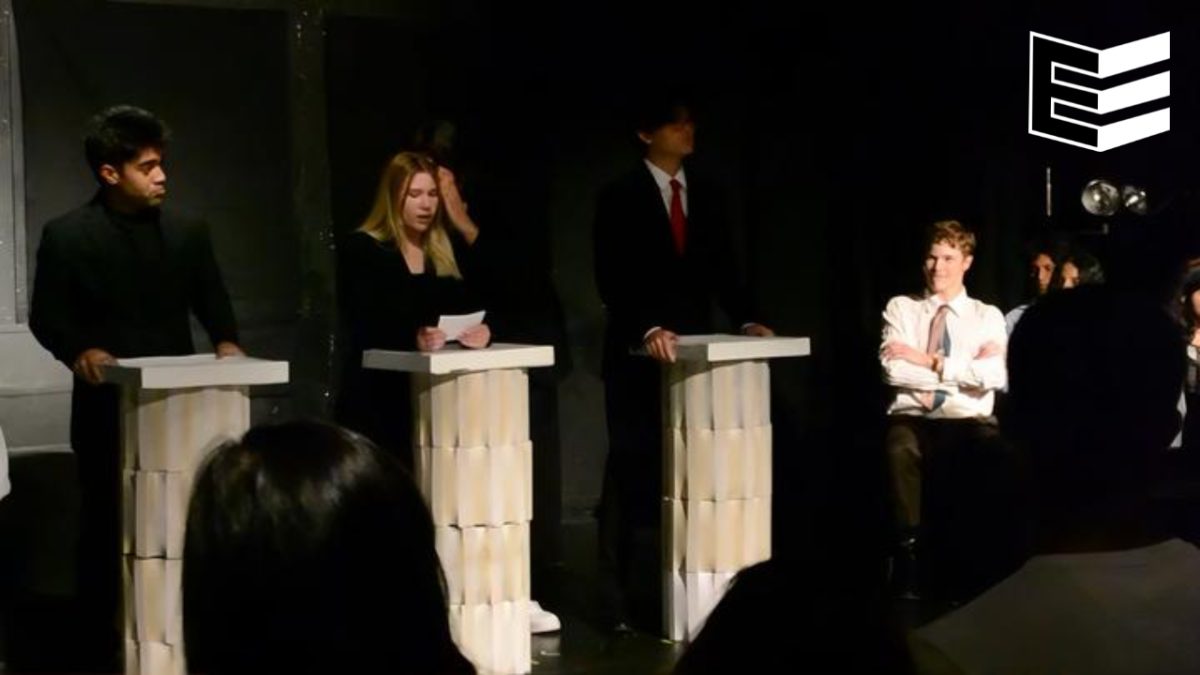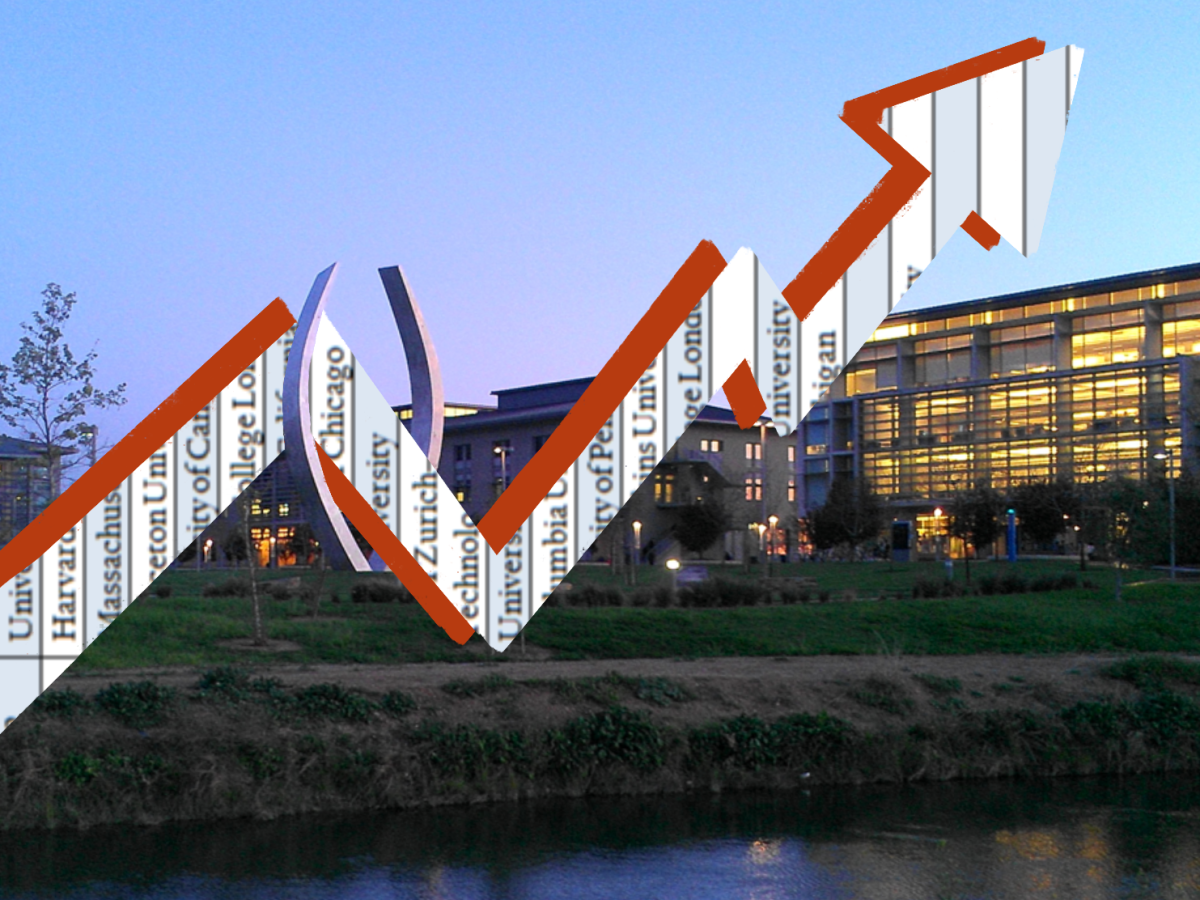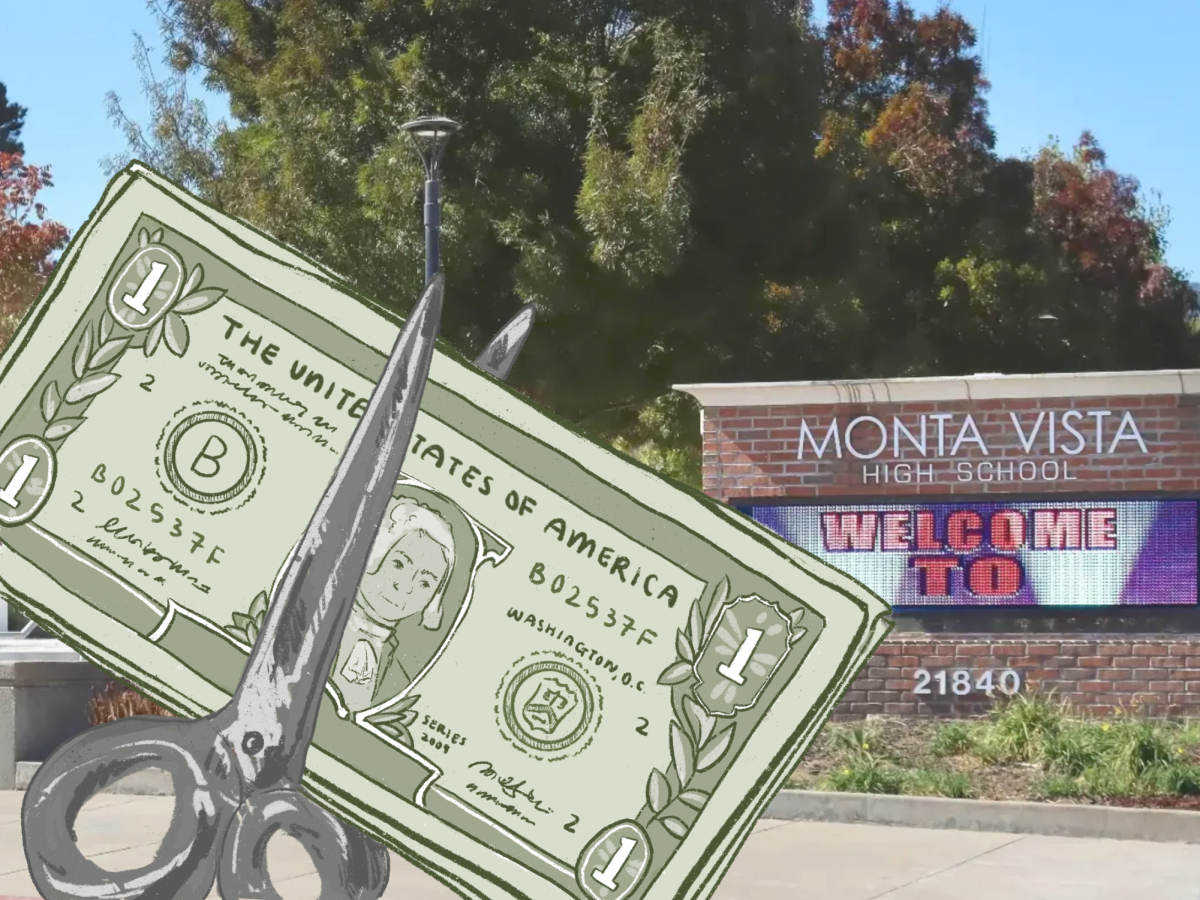The Cupertino City Council is kicking off a major planning effort to make walking, biking and other forms of active transportation more safe, accessible and enjoyable for residents. In April of 2024, the Cupertino City Council approved the development of a new Active Transportation Plan — a project that will cost under $50,000 and is expected to take at least 13 months to complete. Progress on the plan started earlier this year, with Alta Design, a consulting firm that developed previous Cupertino transportation plans, leading the project.
The new plan will combine and replace Cupertino’s 2016 Bicycle Transportation Plan and 2018 Pedestrian Transportation Plan. Unlike those older strategies, the updated plan will take a more holistic approach, incorporating Complete Streets principles. This includes specific improvements — from enhanced bike lanes to additional signage — that support Safe Routes to School programs and better accommodate people of all ages and abilities.
Seema Lindskog, chair of local advocacy group Walk Bike Cupertino, emphasizes that, without regular updates and a unified strategy, important safety and accessibility improvements often fail to materialize. According to the group, the new plan is essential for turning goals from broader safety efforts — like Vision Zero and the Local Road Safety Plan that both work to reduce traffic fatalities — into concrete infrastructure projects that benefit residents, especially students.
“What decades of data have shown us is that road safety education alone doesn’t work, and the only foolproof way to reduce fatalities is to implement infrastructure changes, because infrastructure is there, 24/7, rain or shine,” Lindskog said. “If you separate the streams of traffic and you protect each stream of traffic — the pedestrians from cyclists from the cars — that is the safest way to keep everyone safe.”
According to Lindskog, one major reason for the update is the shifting ways that people use city streets since the COVID-19 pandemic, with more residents working or attending school from home. These changes mean that older transportation plans no longer reflect current traffic patterns or mobility needs. In addition, the new plan will align with recent mobility changes in Cupertino’s General Plan.
Lindskog mentions that having a single, integrated transportation plan also helps prevent conflicts between projects. In the past, Cupertino’s bike and pedestrian plans often listed the same projects with different priority levels, leading to misaligned efforts and slower progress. With one unified roadmap, city leaders hope to better prioritize improvements across the entire transportation network.
For many MVHS students, many of these improvements will be visible in their daily commutes. Freshman Ayush Gupta, who bikes to school every day, believes the new plans will strengthen Cupertino’s already strong active transport infrastructure, which real estate company Redfin describes as making the city especially walkable and bikeable.
“It’s a pretty good environment to bike, and I don’t think I’ve experienced anything bad — everyone knows how to handle if something happens and help people if they fall,” Gupta said. “In bike lanes, cars don’t enter the lanes or try to overtake. So, it’s pretty good — they don’t block the biker spots too.”
Having an updated plan in place also opens up access to important grant funding, which often requires cities to have a current strategy for encouraging active transportation. For Cupertino, this could mean more resources for building bike lanes, safer crosswalks and other key infrastructure. Lindskog says this will be crucial as the state of California pushes Cupertino to build an additional 4,588 new homes by 2031.
“Picture Stevens Creek Boulevard or De Anza Boulevard as completely gridlocked,” Lindskog said. “I’m in Delhi, and the roads and the traffic are so bad. It’s insane, because everybody’s buying cars like crazy. We can’t just keep adding more cars, and the way we’re going right now, with the housing targets that we have, unfortunately, that is what’s going to happen to Cupertino. The solution, which is well documented, is that you have to diversify modes of transportation. So, you have to get more people out of cars.”
With the development of the plan in progress, residents can expect more opportunities to share input on how they move through the city — and what changes would help make those daily trips safer and more convenient. Safe Routes to School Representative and senior Sudisha Kumar hosts events such as the Bike Doctor and Bike Fest events that encourage bike use, contributing to efforts that the active transportation plan supports. She mentions that SR2S will serve as a connection between city staff and the student body at MVHS, even though SR2S is not directly involved with development of the active transport plan.
“We work with city staff, school staff, students and parents to assess different transportation concerns, mainly surrounding biking and walking,” Kumar said. “We take those concerns and implement them in our school through solutions such as biking events or walking events that further encourage sustainable methods of transportation.”
Lindskog notes that despite the city’s efforts to encourage active transportation, support for the project faced immense pushback from some members of the city council, who support prioritizing vehicle infrastructure over active transportation. She says that the majority of the current Planning Commission and Walk-Bike Commission are not very bike-friendly, which remains a challenge for organizations like Walk Bike Cupertino to advocate for active transportation.
“Our strength is in our numbers and our numbers are people like you,” Lindskog said. “We need ordinary residents to speak up and to advocate. At the end of the day, these are elected officials, so if they see a lot of people speaking up or writing emails, you can get a more active transportation friendly council.”




